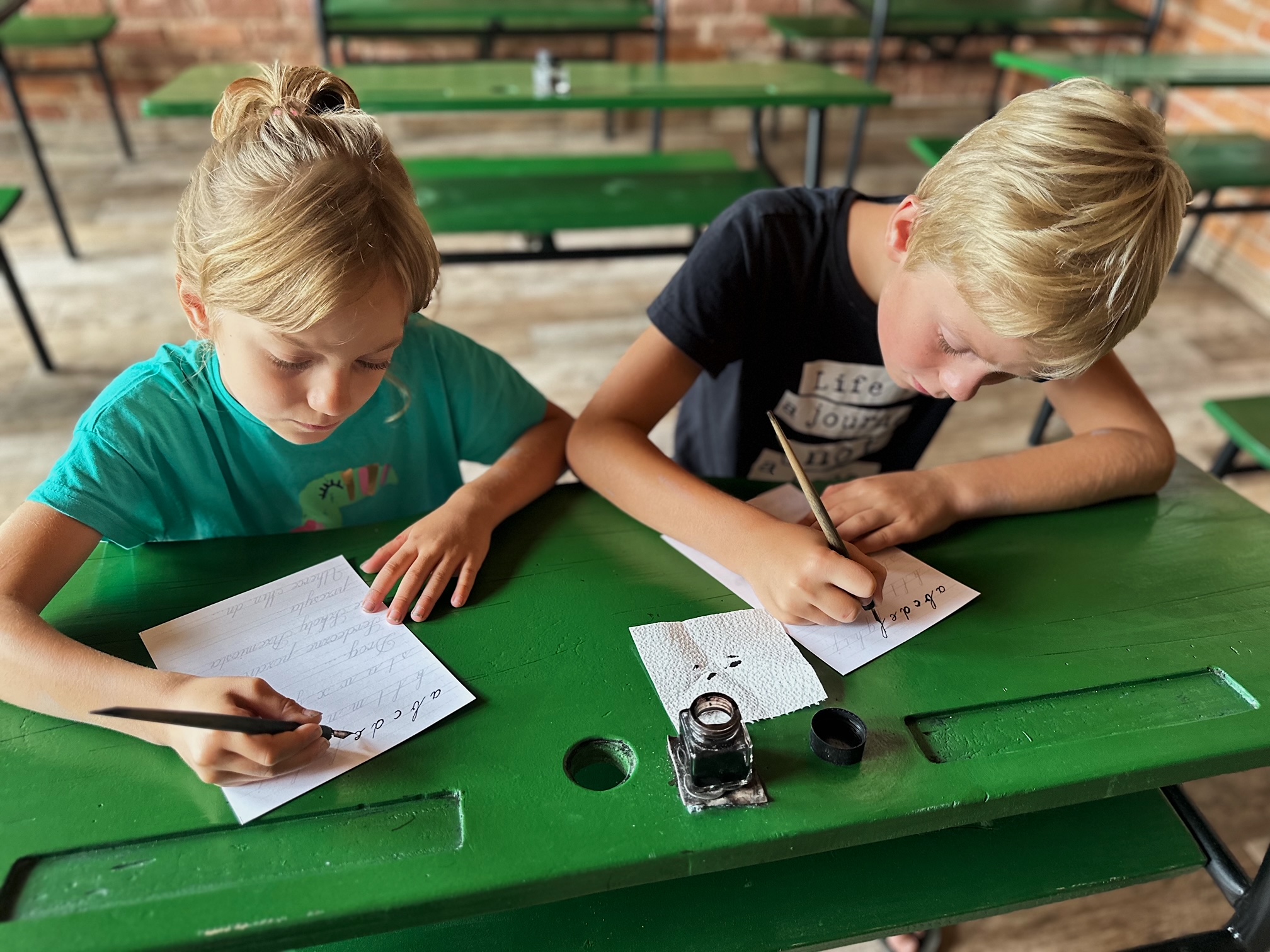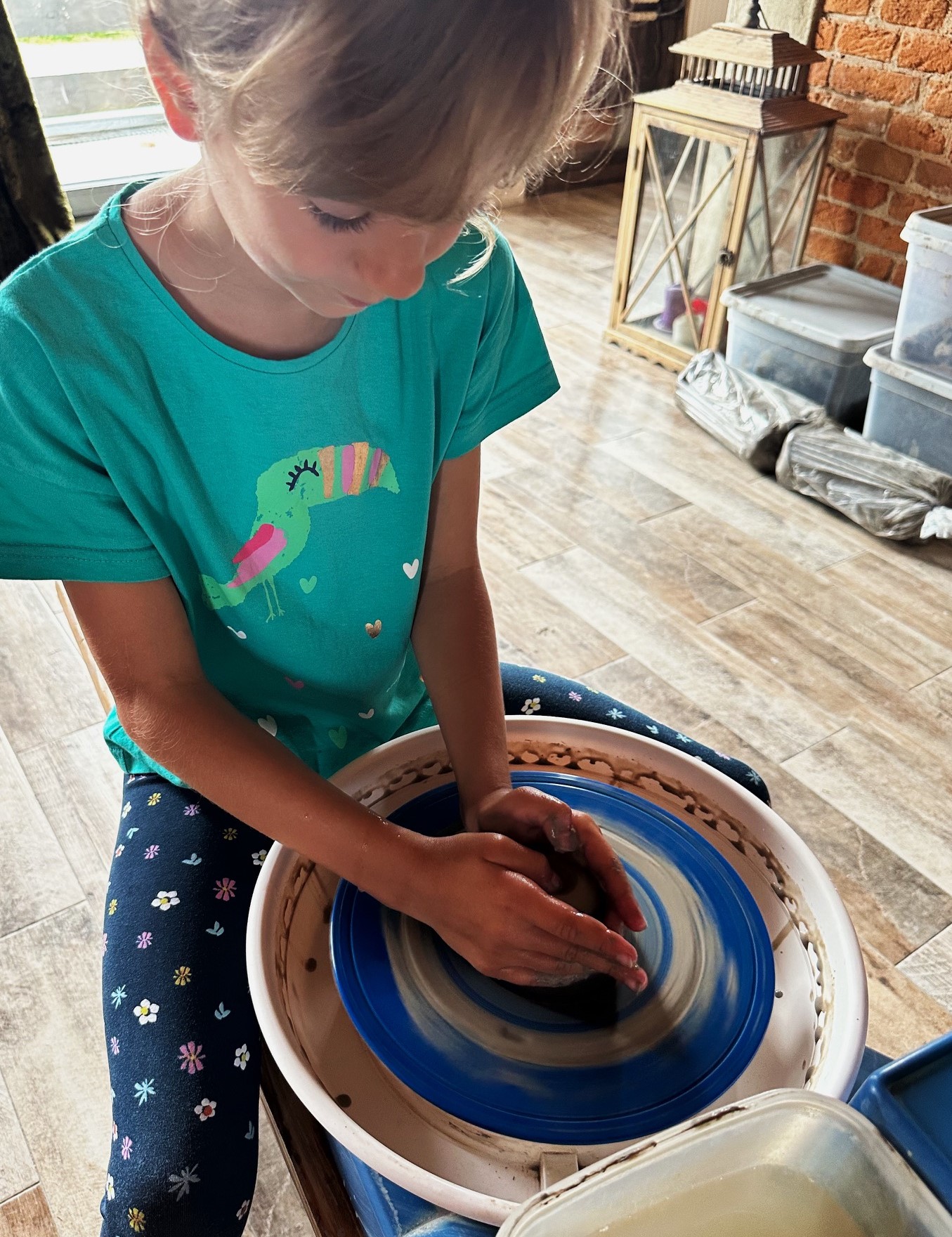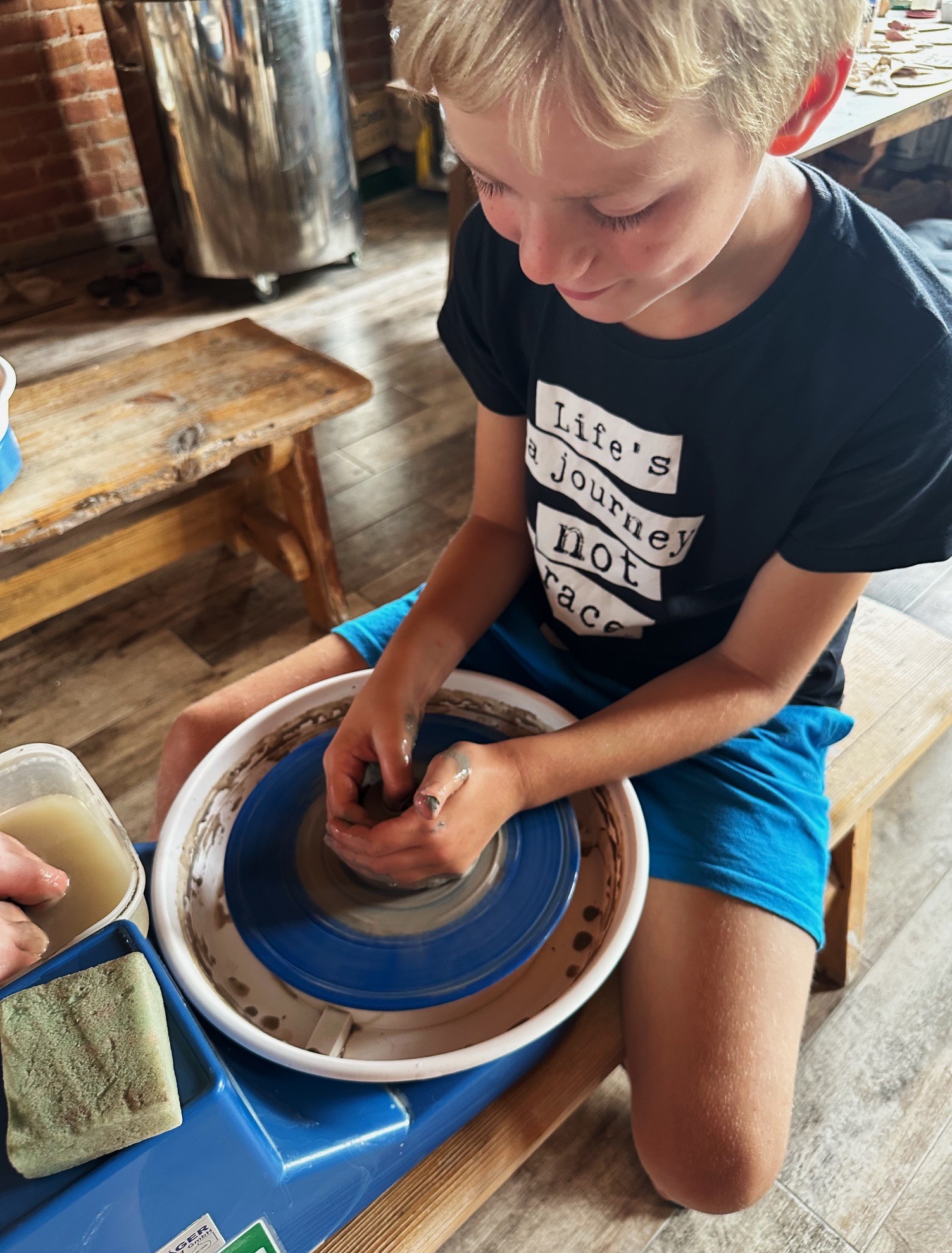
The start of the school and preschool years is behind us, and with it, a return to the challenges of organizing family life. September isn't a kind month for parents. Besides the marathon of school supplies, meetings, and paperwork, it also marks the beginning of the rush to sign up for extracurricular activities. Do children need extracurricular activities? What should be considered when choosing them? And what should you consider to avoid getting carried away by the wave of registrations?
The wide range of extracurricular activities tempts parents from the beginning of the school year and can be truly overwhelming. The maze of advertisements offers a wide variety of activities: artistic, linguistic, sports, educational, and even circus. Signing up for extracurricular activities from a young age is somewhat questionable . However, let's be honest, most children take advantage of them anyway. Therefore, it's worth approaching the topic with caution.
Extracurricular activities for children - are they necessary?
Are extracurricular activities necessary for children ? There's no single, simple answer to this question. For the youngest, it's unlikely to be necessary. Much depends on the child themselves—their age, individual preferences, temperament, and, of course, readiness. For a child to fully benefit from the activities, they must feel comfortable and at ease. Only a relaxed brain can absorb new information and skills. Therefore, before choosing activities, it's best to listen to your child and decide together whether they're ready and willing to take on new challenges, or whether they'd benefit more from spending time together at home—cooking with Mom or crafting with Dad. It's also worth considering whether the child is going to a new school in a given year—and whether, in addition to a new school or preschool, they'll be able to handle more changes in September.

If you are planning extracurricular activities, focus on exercise!
All activities for young children should be based on play and meet the need for physical activity. Unfortunately, most children receive too little daily exercise – both in schools and preschools – which poses a significant risk to their fitness, health, and development. If you don't yet have specific activity ideas, additional physical activity is a good and versatile option to start with. General sports such as swimming, martial arts, or dancing are excellent options.

Activities tailored to the child's needs
When choosing activities, remember to tailor them to your child's needs, personality, and temperament. If your child is sensitive and artistic, consider drawing or creativity lessons. A scientific mind will thrive in workshops on logical thinking or experiments. If your child is a volcano of energy, it's best to release excess energy through physical activity. However, it's also worth offering your child activities that will help them calm down and increase concentration, such as clay classes. Even if the activities are tailored to your child's interests, other factors, such as group size, should also be considered. A shy child may struggle to navigate a large, loud group and may not speak up, while a lively child may struggle in a small, intimate room, and the required silence and focus will be overwhelming. A good instructor is also crucial: one who engages the audience, inspires enthusiasm, and is flexible enough to respond to the group's needs.

Extracurricular activities for students - a chance for development
Extracurricular activities for students and older preschoolers often offer a chance to broaden a child's horizons. They offer the opportunity to explore completely new areas and topics than those encountered at school or preschool, and above all, they provide new experiences. Children can discover their interests and hobbies, explore their passions, expand their social circle, and learn perseverance and self-confidence . However, for this to happen, several principles must be followed.

Follow your child!
Choosing extracurricular activities for a child , as already mentioned, should naturally begin with a conversation with the child to discover what they are most interested in. The child must enjoy them for them to be fully developing and beneficial for the child. Therefore, voluntary participation, participation in the selection process, and room for their own opinion are crucial. Parents can certainly offer suggestions, support, and encourage, but making decisions for the child and forcing them will backfire. Pressure always breeds resistance. Quite often, despite good intentions, parents go too far. It's worth pausing and examining your own intentions. Is it about developing the child's abilities and predispositions, quality free time management, or perhaps fulfilling your own unfulfilled ambitions?

Give space to explore – how to react when a child wants to give up activities?
Often, in the context of extracurricular activities, the dilemma arises of how to react when a child wants to give up rather quickly. There's no golden rule here, of course; it's best to approach the situation with flexibility. Perhaps the long-awaited, dreamed-of activity turned out to be a major disappointment, and the instructor fell far short of ideal. On the one hand, it's important to support perseverance, consistency, and the pursuit of goals. On the other hand, children have the right to explore their interests, make mistakes, and change their minds, so it's important to allow for this possibility. To avoid withdrawal after initial friction or failure, it's worth scheduling at least a few sessions with your child to fully assess the situation .

How many extracurricular activities should I choose?
Another issue to consider is the time devoted to extracurricular activities . This is a critical point where we often overdo it. Too many activities simply lead to overwork and discouragement. Even the most stimulating activities will be ineffective if a young person is constantly overwhelmed . It's best to limit yourself to two or three extracurricular activities. It's also beneficial to have a break between them. It's worth organizing your weekly schedule to include time for rest, free play, playing in the yard, catching up with friends, family activities, and even boredom – which often triggers the greatest reserves of creativity.

Family in balance
Finally, it's important to answer the question: how will participating in extracurricular activities impact your entire family? Specifically, the entire family, not just the child. It's crucial to consider the timing and location of the activities. Are they held near home or at school, filling in after-school club time? Will the child be able to get there on their own, or does the location require parental transportation? It's worth assessing the costs involved—time, energy, the stress of being stuck in rush-hour traffic, less time for the second child, and so on. Despite the September surge, will we have enough strength and resources to continue these journeys throughout the year?
Read also: How to best develop your child's interests?


Podziel się:
Brave as a Preschooler - Preschool Adaptation - A Guide for Parents
Dobry plan to podstawa! – plan lekcji do pobrania